PsychNewsDaily Publishers
100 Summit Drive
Burlington, MA, 01803
Telephone: (320) 349-2484
PsychNewsDaily Publishers
100 Summit Drive
Burlington, MA, 01803
Telephone: (320) 349-2484
Wine myths often mislead consumers about health benefits, aging, pricing, serving temperatures, and complexity, impacting enjoyment and understanding of different wine types.
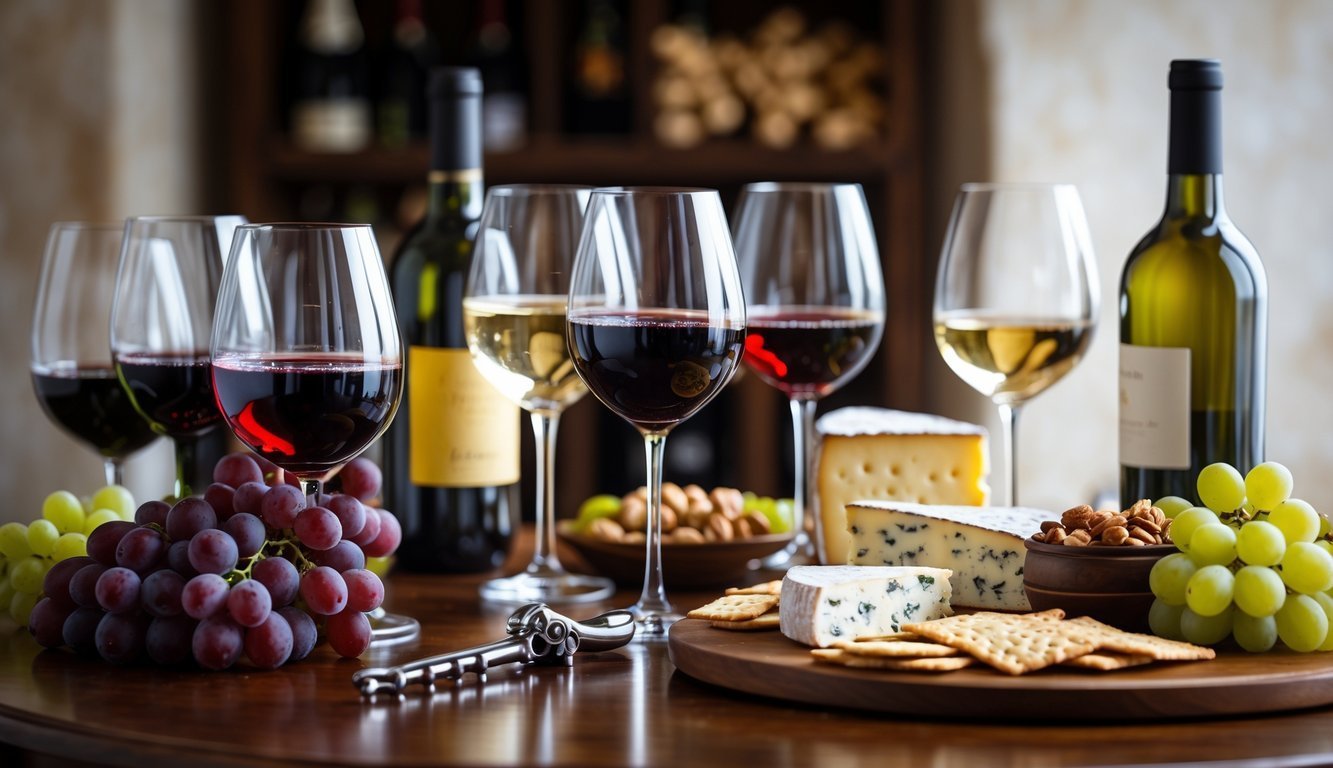
Wine comes with a ton of ideas—some true, some not so much. Honestly, it’s easy to get confused or feel unsure about what you’re supposed to like or how to enjoy it.
When you know the truth about these common wine myths, you can actually relax and enjoy your wine more. Let’s clear up a few misunderstandings so next time you grab a bottle, you’ll feel a bit more confident.
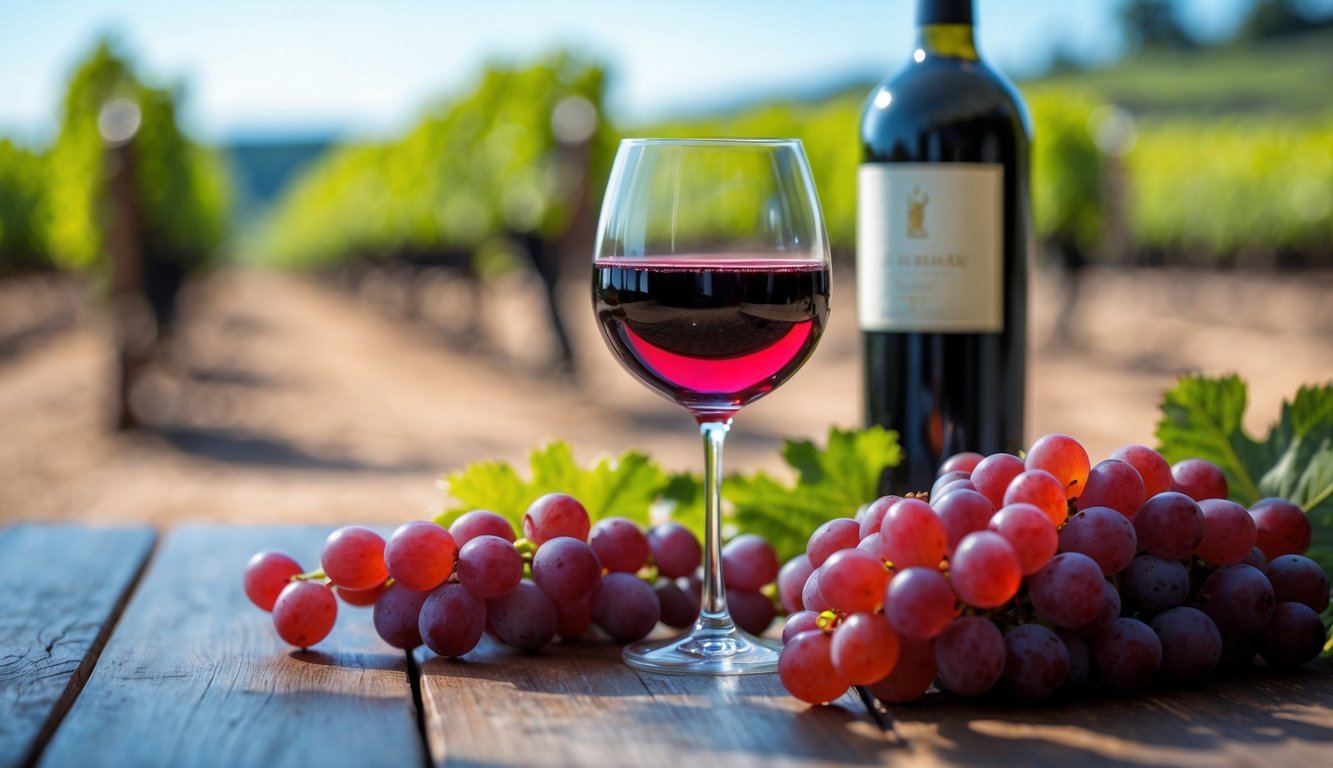
People often say only red wine is healthy, but that’s not really the case. Both red and white wines contain antioxidants that can do some good.
Red wine gets its resveratrol from the grape skins. White wine, on the other hand, brings flavonoids to the table, which have their own perks.
Keep in mind, any health benefit from wine only comes in small amounts. If you drink too much, it’s not healthy—no matter what color the wine is. If you want the benefits, stick to moderate drinking.
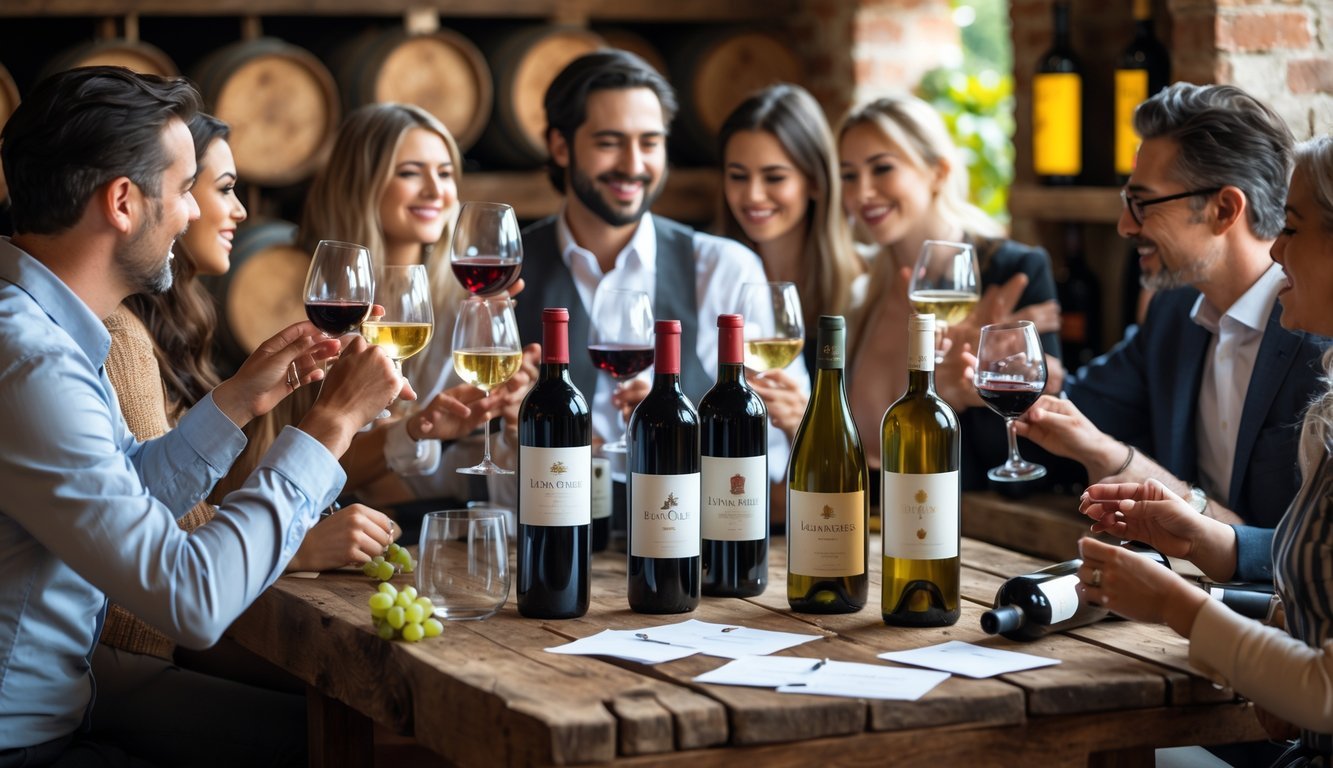
A lot of folks think a high price tag means the wine’s better. But honestly, price is just one piece of the puzzle. Branding, rarity, and clever marketing can all bump up the cost.
Some affordable wines taste just as good as the pricey ones. Plenty of winemakers pour their hearts into making great bottles that don’t break the bank.
Your own taste is what matters most. Try wines at different price points and see what you actually like. Price doesn’t always equal quality—your palate knows best.
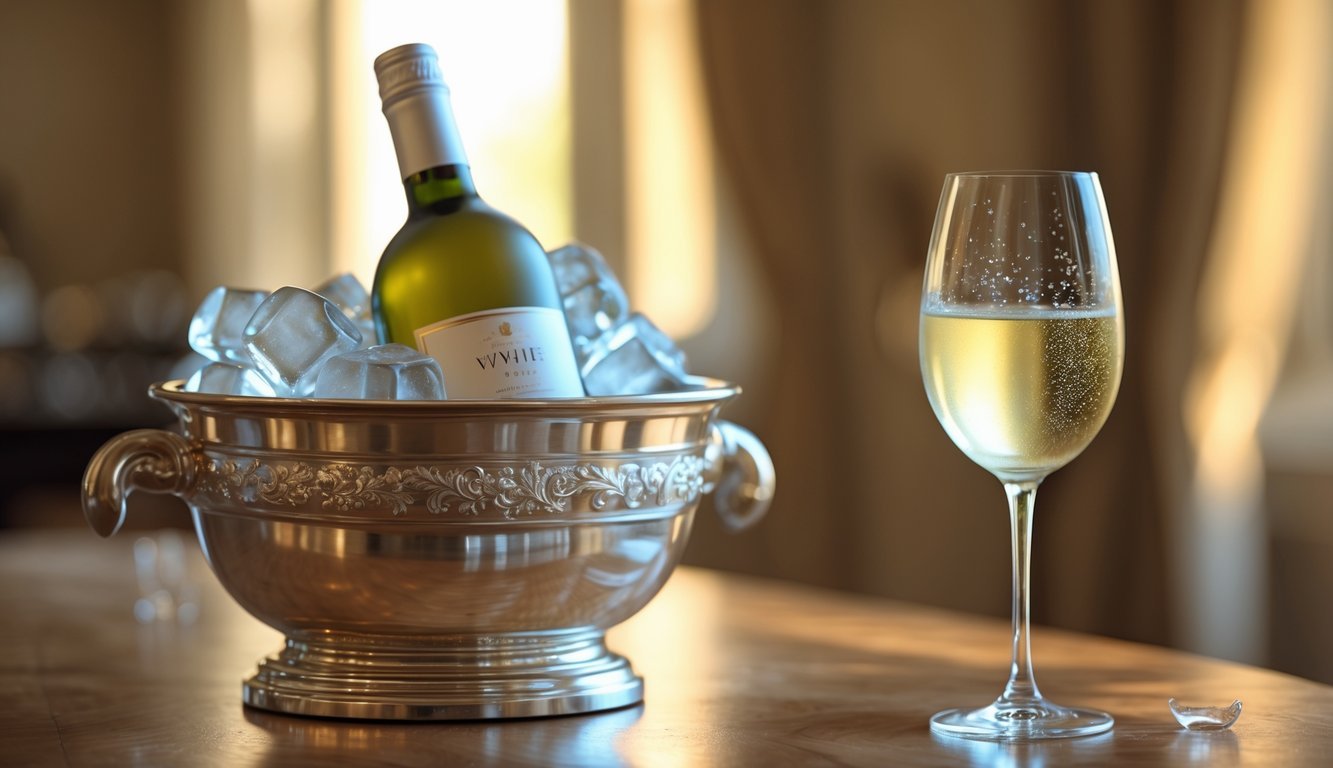
You’ve probably heard that white wine needs to be ice-cold. That’s only partly true. While chilling helps, not every white wine tastes best that way.
Lighter whites like Sauvignon Blanc shine when they’re chilled to about 45-50°F. Fuller-bodied whites, like Chardonnay, are better a little warmer—closer to 50-55°F.
If you serve white wine too cold, you might miss out on some of the flavors and aromas. Play around with the temperature and see what you like.
Chilling is a good guideline, but it’s not a law. Go with what tastes right to you.
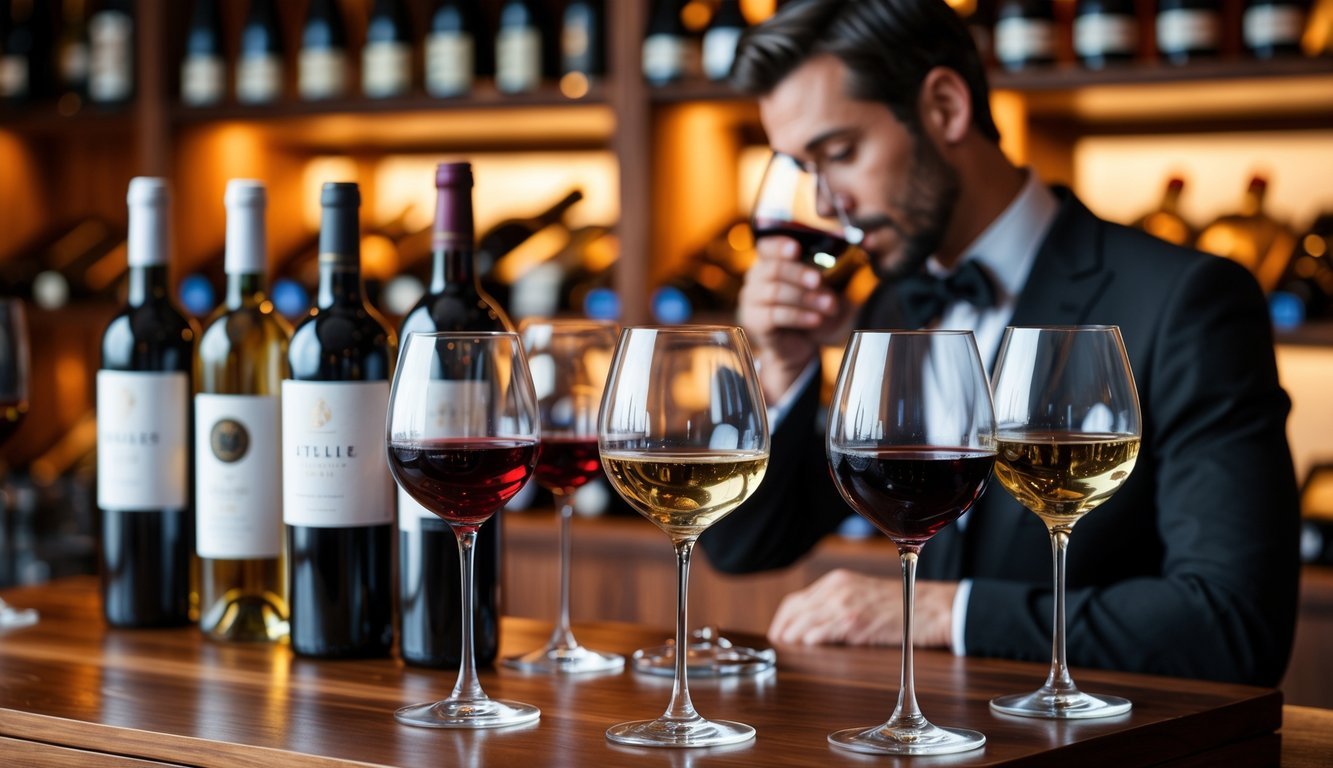
People often believe wine always improves the longer it sits. That’s not really how it works. Most wines are meant to be enjoyed within a few years of buying them.
Only a handful of wines, like select reds or certain whites, actually get better with age. If you keep wine too long, it can lose its fresh flavors and end up tasting flat.
The best time to drink wine depends on the grape, how it’s made, and even how you store it. Some wines are just better young and lively.
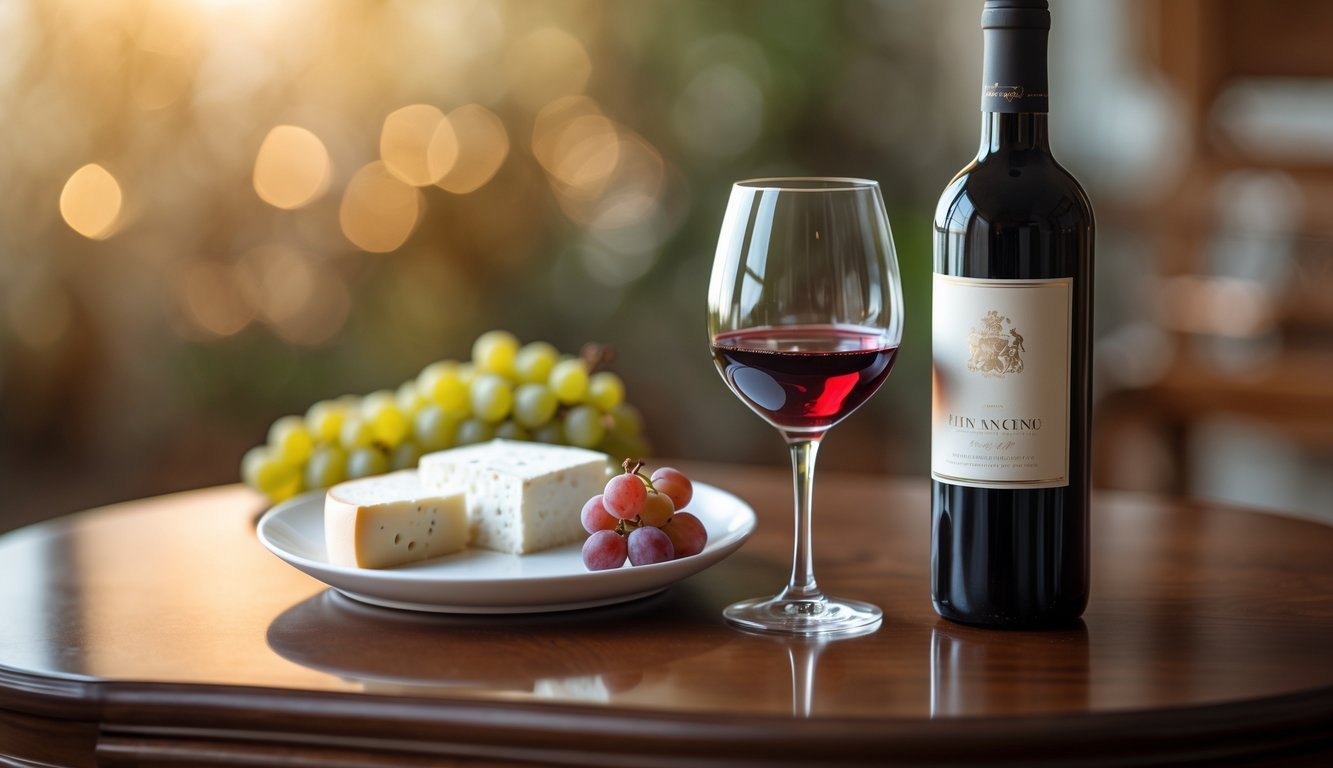
A lot of people worry about sugar in wine, but most wines—especially dry ones like Cabernet or Pinot Noir—barely have any sugar at all. Usually, you’ll find less than a gram per glass.
Grapes and fermentation create the sugar in wine. Yeast eats most of it and turns it into alcohol.
If you’re trying to cut down on sugar, stick to dry wines. There are plenty of options that won’t mess with your goals.
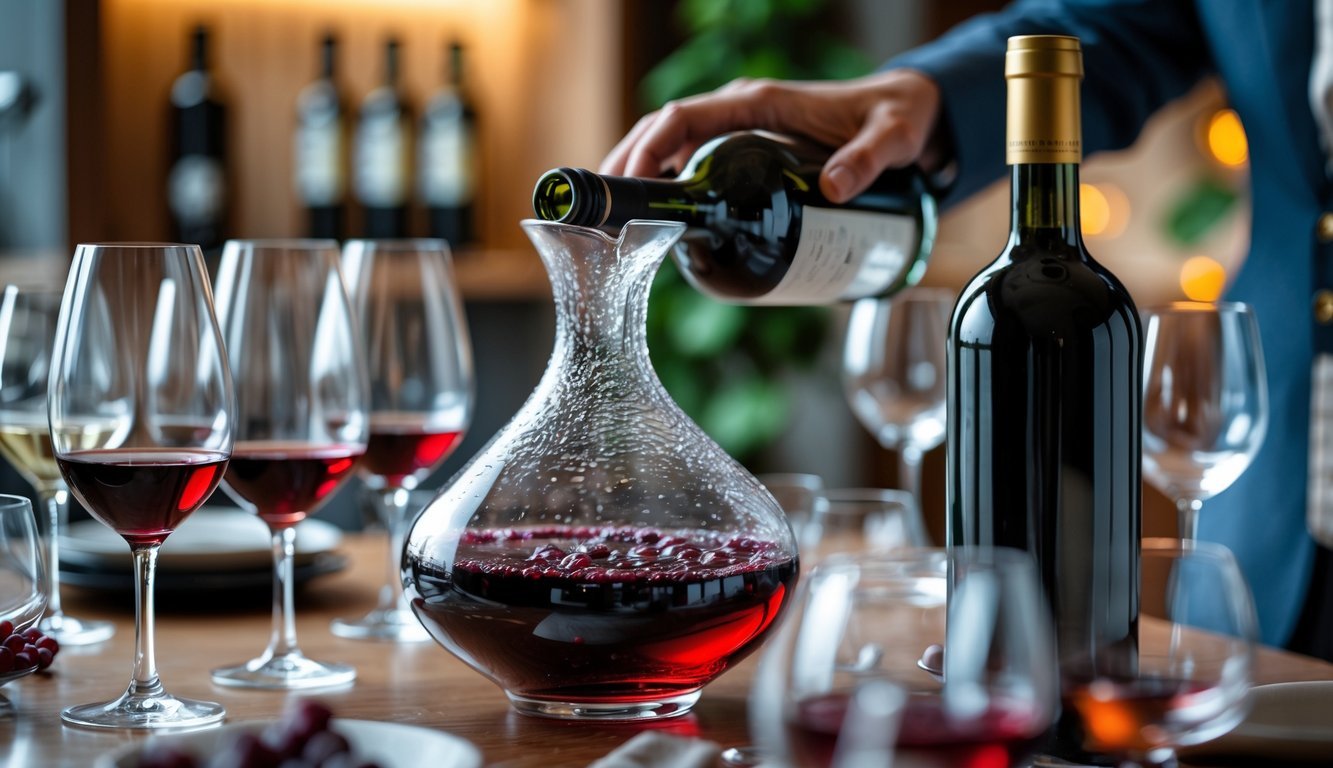
People say decanting is just for reds, but that’s not the whole story. Reds often need air to soften, sure, but some whites and rosés perk up with a little breathing, too.
Decanting lets the wine mix with air, which can help open up flavors. It also separates out any sediment.
Try decanting a white like Riesling or even a Sauvignon Blanc and see if it changes things. Sometimes it’s worth experimenting.
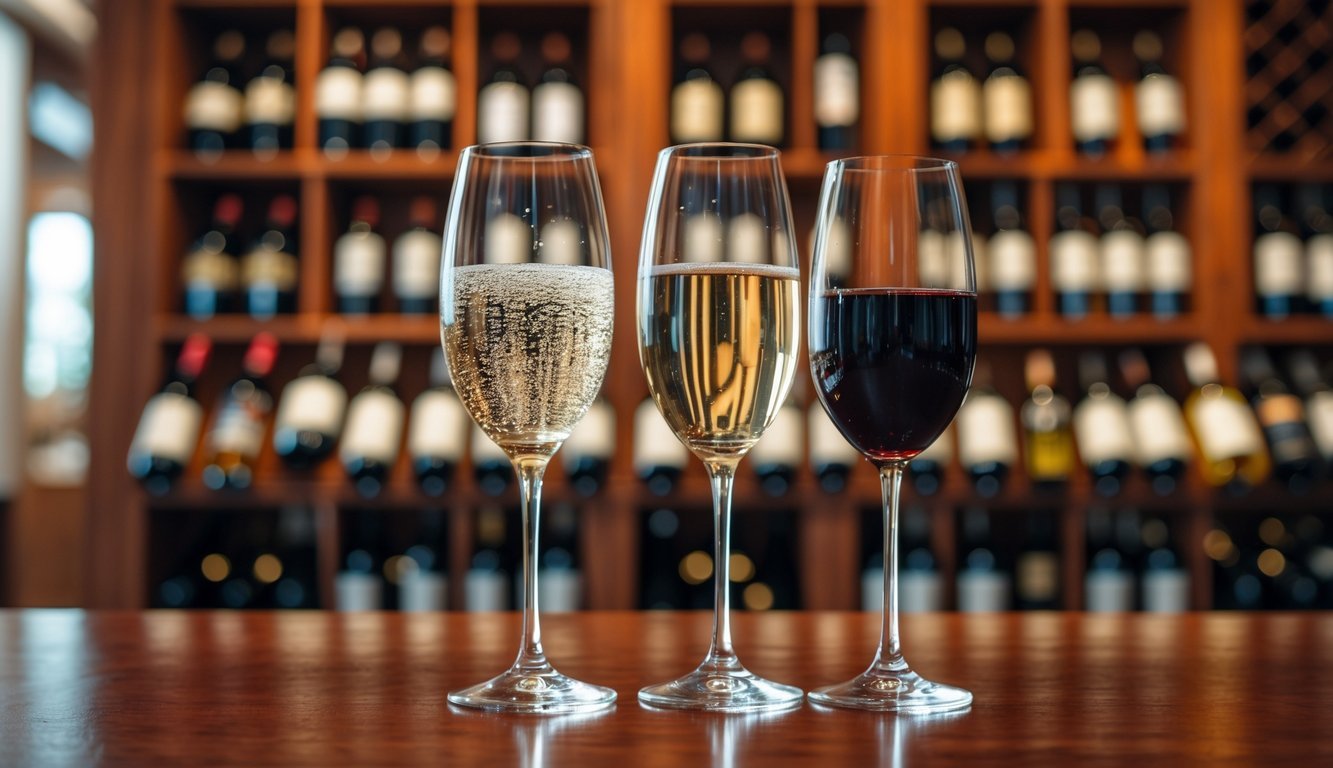
Some folks think sparkling wines are just simple and fizzy. That’s not really fair. The bubbles come from a second fermentation, which adds layers of flavor—think toast, nuts, or bright fruit.
Sparkling wines often use special grapes and a more involved process. This creates a range of aromas and textures you might not expect. There are rich, creamy sparklers and crisp, zippy ones, just like with still wine.
Next time you pop a bottle, take a moment to notice the flavors. You might be surprised by how much is going on.
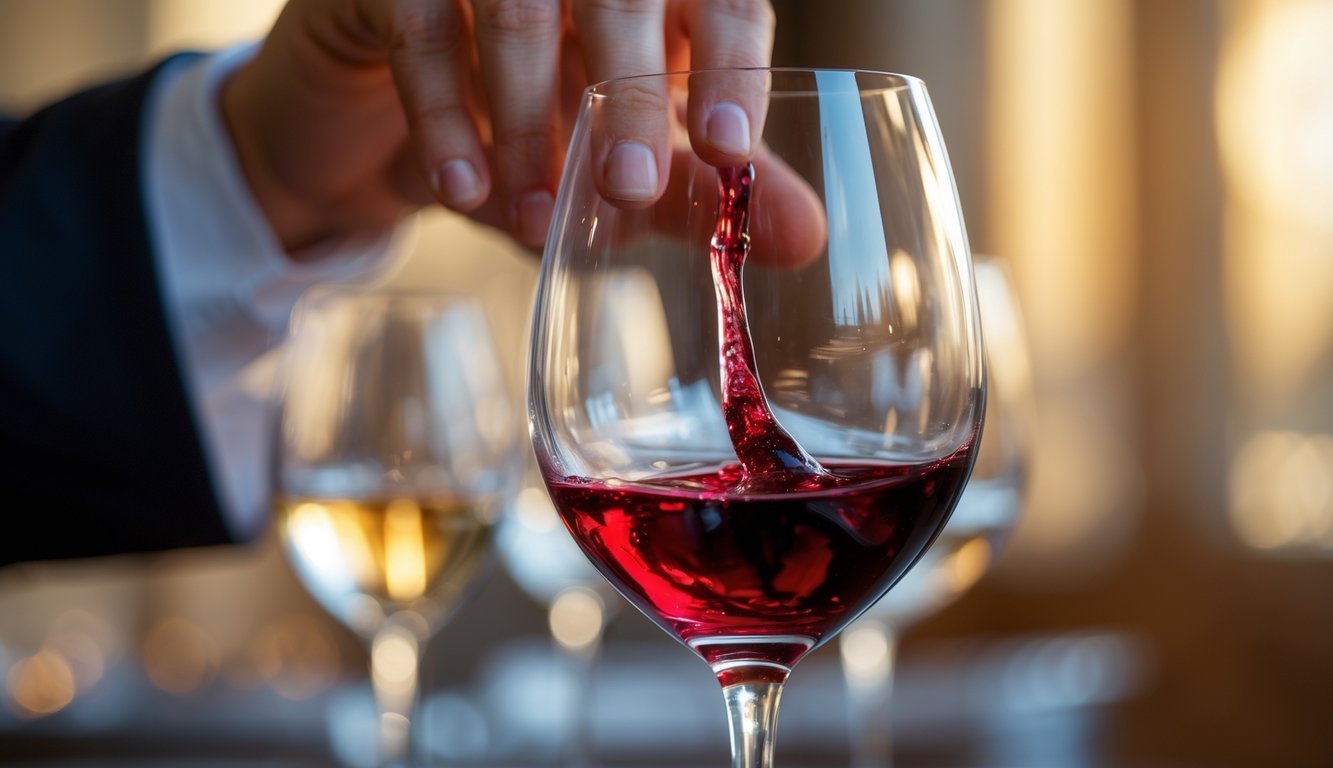
Swirling wine isn’t just about looking fancy. When you swirl your glass, you help the wine meet the air, which releases more aroma.
Swirling also spreads the wine along the glass, helping you pick up extra flavors when you sip. It actually makes your wine taste better.
You don’t need to go wild—just a gentle swirl will do. Next time, give it a try and see if you notice a difference.
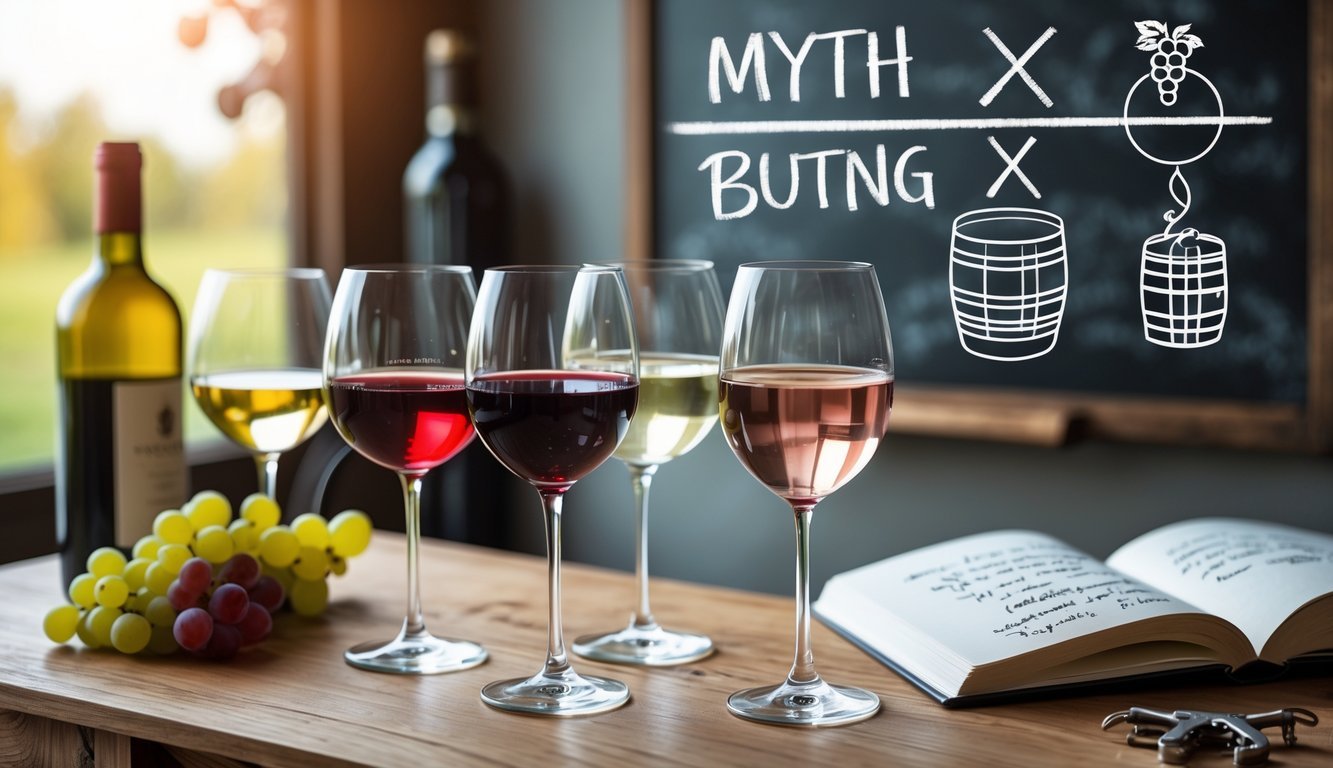
Wine myths usually come from old traditions mixed with newer ideas that get repeated without much fact-checking. These stories shape how you see wine and how you enjoy it.
Word of mouth spreads wine info fast, but sometimes it snowballs into less accurate stories. For example, people talk about “legs” in a glass as if it shows quality, but that’s not really true.
Experts and critics sometimes pass on myths without realizing it, especially when they use tasting notes that sound odd—like black pepper or roasted veggies. Those flavors do pop up in wine, but it can throw people off.
Wine tasting is personal, so you’ll hear lots of opinions that might sound like facts. All this makes it tough to know what’s true unless you dig deeper.
Marketing shapes a lot of what we think about wine. Labels and ads highlight rare grapes or fancy methods, which can make you believe expensive means better.
Some marketing uses wild flavor descriptions to stand out. Sure, those flavors might be in the wine, but the descriptions are often dialed up to get your attention.
Promotions sometimes push myths, like saying only red wine is healthy. In reality, both reds and whites have benefits, but marketing sticks to the story that sells.
When you know these tricks, you can look past the hype and figure out what you actually like.
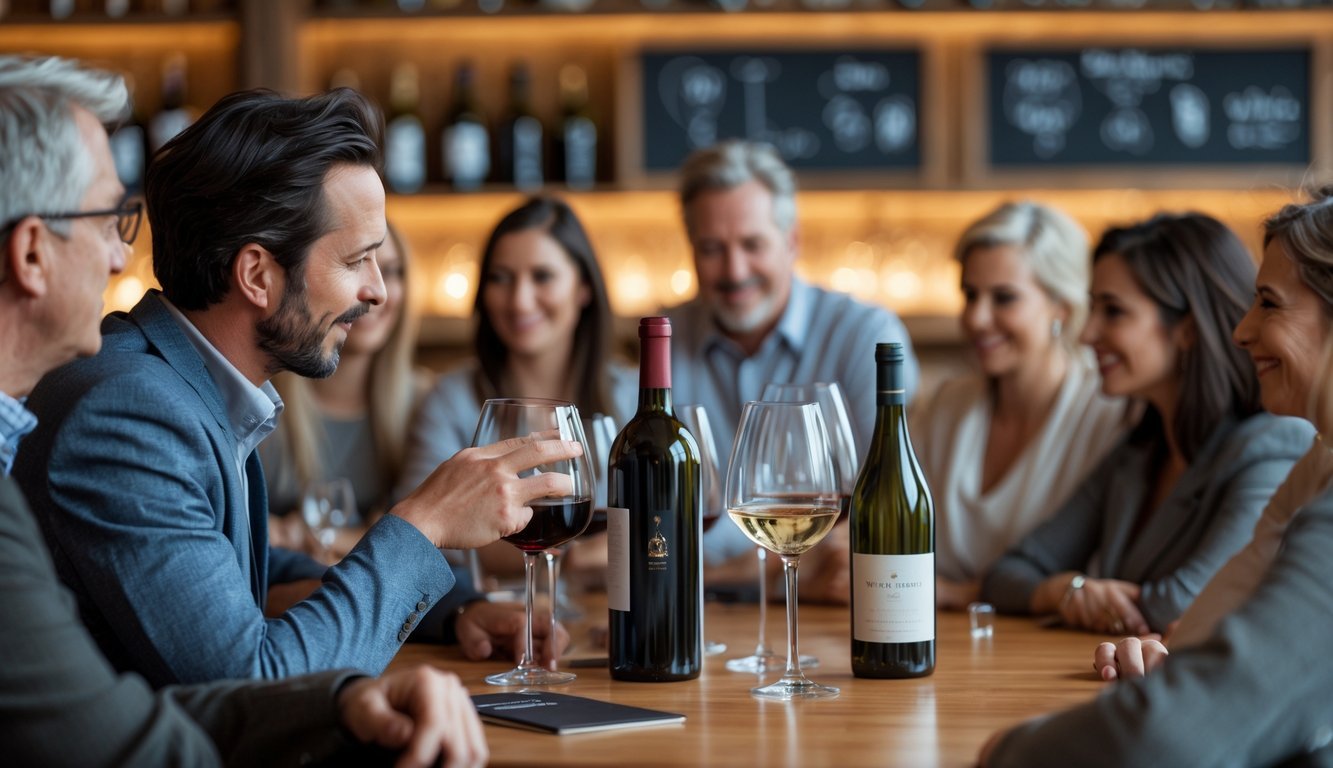
When you’re learning about wine, try to focus on trustworthy info and steer clear of common slip-ups. Finding good advice makes wine more fun and less confusing.
Look for experts with real experience and solid reputations. Certified sommeliers, wine educators, and respected critics usually give solid tips. Books from well-known authors or websites run by wine schools or reputable shops are a good place to start.
Be a bit skeptical about advice from random blogs or social media. Sometimes it’s just opinions mixed with facts. If you see the same info from several sources, it’s probably worth trusting.
Try tasting different wines and jotting down what you notice. Building your own notes helps you learn alongside whatever you read or hear.
People often think every piece of advice fits all wines or situations. That’s just not true. Some wines really don’t get better with age, and you might want to serve different types at different temperatures.
Don’t just trust old info either. Wine trends shift, and even the science behind storage or pairing changes. I always recommend checking out newer tips before making decisions.
It’s easy to drown in technical details. Honestly, you don’t need to know every bit of jargon to enjoy wine. Stick to the basics, and you’ll probably have a better time.